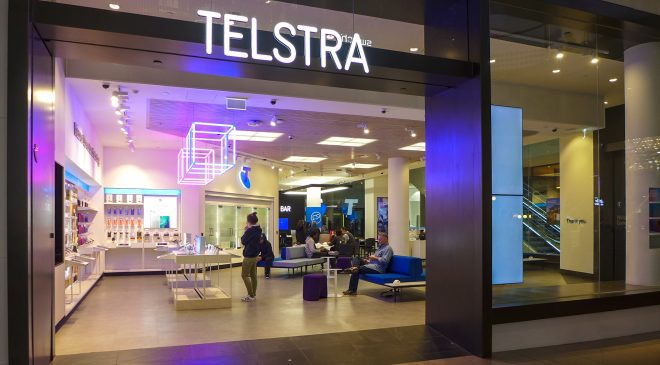The Library has shifted the support and maintenance contract to Rimini Street.
The Australian Competition and Consumer Commission (ACCC) has received an application for merger authorisation from Telstra Corporation Limited (Telstra) and TPG Telecom Limited (TPG).
Telstra and TPG (the Applicants) have entered into three interrelated agreements in respect of a Multi-Operator Core Network (MOCN) commercial arrangement: a MOCN Service Agreement, a Spectrum Authorisation Agreement, and a Mobile Site Transition Agreement.
Broadly, the arrangement involves TPG authorising Telstra to use the spectrum that it currently owns, and Telstra providing TPG with network services by way of active mobile network infrastructure sharing in certain regional and urban fringe areas (the Regional Coverage Zone), which comprise approximately 17% of the Australian population coverage. TPG will use the MOCN services supplied by Telstra to offer 4G and 5G retail and wholesale services in the Regional Coverage Zone.
TPG will also transfer up to 169 of its existing mobile sites in the Regional Coverage Zone to Telstra, and intends to decommission the remainder. The initial term of the MOCN Service Agreement is 10 years and TPG has two options to extend the agreement by 5 years.
TPG and Telstra will continue to operate their own networks in metropolitan areas where around 81.4% of Australia’s population resides. TPG and Telstra will also continue to operate their own mobile core networks (both in and outside the Regional Coverage Zone).
The ACCC’s review of Telstra’s application to merge with TPG which, if granted, will give TPG access to around 3700 Telstra mobile towers in regional Australia.
The impact this will have on millions of Australians, particularly those in regional areas will be enormous. Research recently presented by the Australian Industry Group confirmed that the price of energy has tripled across Eastern National Energy Market in the last few months, so the already rising cost of living will be exacerbated is Telstra’s plans to cement its dominance is successful.
Michelle Lim, chair of Commpete, Australia’s leading telco challenger alliance, believes Australians are experiencing high cost of living pressures with inflation, surging energy prices, and interest rate rises hitting everyone’s bottom line. These challenges are even more pronounced for people in regional areas.
“Telecommunications services are crucial utilities that should be affordable for every Australian, yet we’re in a situation where one dominant provider – well known as the most profitable telco incumbent in the developed world – will get even greater control; not only of pricing but also innovation and infrastructure access, especially in regional Australia,” she said.
“Entrenching Telstra’s dominance in regional Australia will hand it control to dictate price rises for mobile telecommunications in regional communities.”
Lim noted Goldman and Sachs reported Telstra indicated plans for upward trajectory in prices by A$3-4 per service in July. Also, Telstra’s latest half yearly results presentation showed the average post-paid mobile price per service (ARPU) increased by 5% – significantly higher than fixed line’s 0.5% ARPU price growth.
“Telstra and TPG’s proposed alignment will put an increasingly crucial utility into fewer hands. In Commpete’s view, this is an alarming marker of a permanent and long-term degradation of real competition,” Lim noted. “If the ACCC permits it to go ahead, the government will be handing over essential services to a single private enterprise without regulatory guardrails in place to guarantee value, flexibility, and choice for the long-term interests of the Australian public. Telstra will be under no pressure to improve service quality in an industry already besieged by excessive customer complaints – more than 250,000 complaints last year to be precise.”
She noted conditional of this merger is TPG announcing it agrees to shut down more than 700 telecommunications towers in major regional centres like Tamworth, Gladstone, Shepparton, and Whyalla. This is a permanent consolidation in an environment where regional communities will critically rely on mobile services as an essential utility. It will result in a higher concentration of ownership of the national spectrum which forecloses market opportunities for future businesses wishing to serve the digital future of regional Australia.
“The merger comes at a point of inflection of major growth for regional Australia. It is important growth is allowed to be fueled by both small and large industry participants. It requires a level playing field for telecommunications providers to maximise the opportunity and ensure fair costs and access for the Australian public,” she said.





